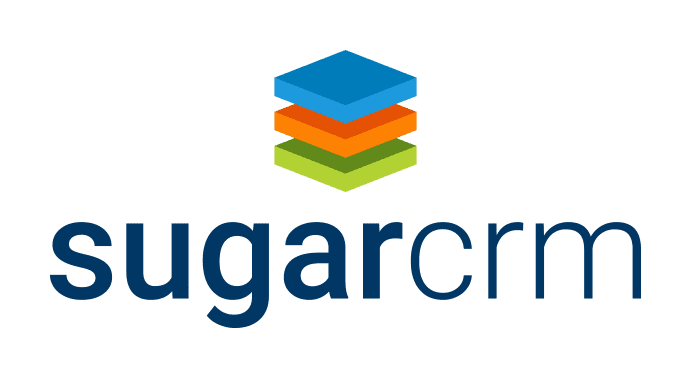This is Part 3 of a 9 Part Series on the History of ERP.
1960s: BOMP & the Early Days of MRP
According to LillyWorks, Richard “Dick” Lilly joined IBM in 1960 in Worcester, MA. Originally, Lilly helped many local manufacturers install Unit Record equipment for job costing and inventory control prior to the development and introduction of main frame computers. Lilly was one of the first people to develop ERP for the masses.
Gene Thomas of IBM was a key proponent of early manufacturing planning systems. I spoke with Thomas personally about his involvement in the invention of the IBM Bill of Material Processor (BOMP) in October 1961. Thomas was working with Joseph Orlicky of J I Case tractor company in Racine, WI at the time. It wasn’t until months later that BOMP was completed and implemented at J I Case. Implementation of BOMP spread to the largest of manufacturers in the Midwest including John Deer, Allis-Chalmers, and others.
Orlicky developed one of the earliest automated net change MRP processes while at J I Case running weekly, time-phased, level-by-level, net change MRP using a combination of punch cards and manual processes. He left for IBM in 1962. It’s at IBM that Orlicky first met Oliver “Ollie” Wight. Wight was previously in Connecticut where he met another key figure in MRP history – George Plossl while the two worked side-by-side at Stanley Works. This is important because the three men – Plossl, Orlicky, and Wight would eventually be so well known as proponents of MRP that they were often known by their acronym “POW”.
During this time Gene Thomas introduced LAMP (Labor and Material Planning) in 1964. LAMP is one of (if not) the first true packaged MRP applications which Thomas said was implemented in about a dozen or so companies in the following years.
Several sources credit Black & Decker as the first real MRP implementation in 1964 but there are many other sources that seem to contradict that giving credit to the J I Case implementation in the 1961 to 1962 time period. Thomas confirmed that it’s difficult to know exactly who implemented the first MRP system back then but said it definitely pre-dated Black & Decker in 1964.
Gene Thomas and IBM advance LAMP in 1966 creating PICS RPS (Production Information and Control System – Requirements Planning System) which Thomas states is the first packaged and marketed MRP system to his knowledge.
George Plossl and Ollie Wight publish “Production and Inventory Control: Principles and Techniques in 1967. The landmark book laid the groundwork for MRP concepts to come.
Dick Lilly assisted with the first IBM PICS manual. He left IBM in 1968 forming Software International, one of the earliest companies to focus solely on MRP software. Thomas said that Software International used the BOMP tree logic in it’s first designs of their MRP and general ledger systems.
One name that has never been credited or linked to MRP is that of Dr. John E. Meggitt. But perhaps it should be. Meggitt founded Programmed Control Group (later Prophet 21) in 1967. While not a true MRP system, Prophet 21 was without a doubt one of the earliest inventory-centric business applications available on the market. Prophet 21 is currently owned by Epicor and continues to be sold as a popular option for larger wholesale distributors.
One other name that should not be left out from any discussion of MRP is Thomas Nies who left IBM in 1968 to form Cincom. Nies is currently the longest actively-serving CEO in the computer industry (as of this writing September 2016). Cincom started initially developing database applications but launched into the MRP market in the late 1970s with Cincom Control. The company continues to sell ERP software to this day having carved out a niche in aerospace and defense industries to this day.
Continue to Part 4:
Part 1: Crucial Events in ERP: From BOMP to SaaS and Beyond (10/6/2016)
Part 2: 1950s: The First Business Computers (10/11/2016)
Part 3: 1960s: BOMP & the Early Days of MRP (10/13/2016)
Part 4: 1970s: MRP Software Industry (10/18/2016)
Part 5: 1980s: MRP II and PC-Based MRP (10/20/2016)
Part 6: 1990s: ERP, Windows, and The World Wide Web (10/25/2016)
Part 7: 2000s: Merger & Acquisition Market Consolidation (10/27/2016)
Part 8: 2010s: The Great Cloud Migration (11/01/2016)
Part 9: The Future/Death of ERP Software (11/03/2016)

